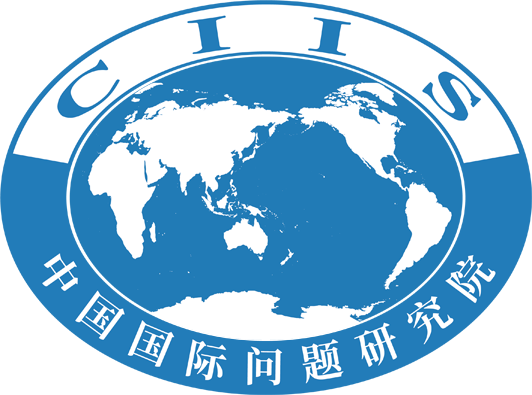The American pundits are cheering China's recent Omicron flareups, feeling vindicated of the supremacy of the U.S. "living with the COVID-19" approach over China's “dynamic zero-COVID” policy. Foreign media have been reporting heavily on the economic cost and the disruption to everyday lives imposed by China's policy. CNN ran a story recently saying that the "trauma of lockdown lives on." For outside observers, this is self-deceiving and self-sabotaging. The U.S. just crossed over the grim milestone of one million COVID-19 deaths and is now battling another resurgence of cases.
U.S. staggering COVID-19 failure
As of June 1, 2022, more than 84 million cases had been reported across the U.S., according to Statista. Even the figure is grossly underestimated due to the Centers for Disease Control and Prevention's decision to stop collecting COVID-19 data from hospitals, a rise in convenient rapid tests at home and the sheer neglect of the problem by many Americans. Some experts believe the U.S. COVID-19 cases to be five to 10 times higher than the official numbers, according to The Washington Post.
The pandemic is unequally felt among different groups of Americans. Senior citizens and minority groups suffer disproportionately. Recent data from the Associated Press show that nearly three-quarters of the one million deaths have been among those 65 and older. African Americans, Hispanics and Native Americans also have death rates at least two times higher than White Americans, according to a study by researchers with the National Cancer Institute published on Annals of Internal Medicine. Such a disparity reveals the structural inequity in the U.S. society.
Furthermore, the pandemic brought huge collateral damages to U.S. society. Since the pandemic began, the country has witnessed a steep rise in deaths associated with gun violence, opioids overdoses, mental illness and other problems, creating disastrous "epidemics within the pandemic." COVID-19 deaths in the U.S. left an estimated 250,000 of children without primary or secondary caregivers – meaning, they’ve lost one or both parents, suffered death of custodial grandparents and/or the death of other co-residing grandparents, according to Imperial College London's data. The mounting cases crowd out the public health resources, pushing up the hidden cost in the U.S.
Structural flaws in U.S. politics
As a keen observer of U.S. politics, I am always perplexed by the deep contradictions embedded in American society. The country has the most advanced public health infrastructure and medical science in the world but has easily succumbed to social ills. The country boasts the most mature "democracy," which comes at the cost of basic human rights — the right to live.
A comparison with China sheds new light on the structural flaws of the U.S. political system. China has committed to a life-first and people-first COVID-19 policy. Its unified political system makes the country an organic whole, where the central government is resolute and efficient at enforcing best practices, and different provinces and localities are better able to pool resources and to support one another in times of need. The Chinese people also demonstrate solidarity and cohesion in fighting the pandemic. All these factors have made China one of the countries with the lowest infection and mortality rates.
The U.S., on the contrary, by putting politics and capital first, has been playing down the danger of COVID-19 and hastily rushing to get the economy back to normal. The U.S. federalist system is becoming increasingly fragmented, where each state makes its own policies that sometimes conflict with one another. The heightened political polarization is making matters worse, where debates over whether or not to mask or to vaccinate have become so politicized that normal pandemic control measures become secondary to party politics.
True path to COVID-19 resilience
Fighting the pandemic is never an easy task. Countries are facing difficult trade-offs among valuable goals and trying to achieve a resilient recovery from COVID-19.
China's dynamic zero-COVID strategy is aimed at this goal. It is a comprehensive set of pandemic prevention and control measures, prioritizing strict contact tracing, quick testing, timely treatment and mass vaccination, in an effort to quickly curb an outbreak in society and maintain socioeconomic stability. It is a trial-and-error approach, subject to further evaluations and adjustments to new circumstances.
In the U.S., the term resilience has become a ready-made excuse for irresponsible actions or lack thereof. The U.S. tries to move forward and better compete in the world. But the passive approach does not miraculously make the virus disappear. More disturbingly, this practice of Social Darwinism sets a bad example to the international community, undermining the global endeavor to fight the pandemic.
A comparison of the current COVID-19 situation between China and the U.S. is revealing. It reminds us that a war will never be won without fighting.
(Yuan Sha, assistant research fellow in the Department of American Studies at the China Institute of International Studies. Source: CGTN, June 2, 2022)



